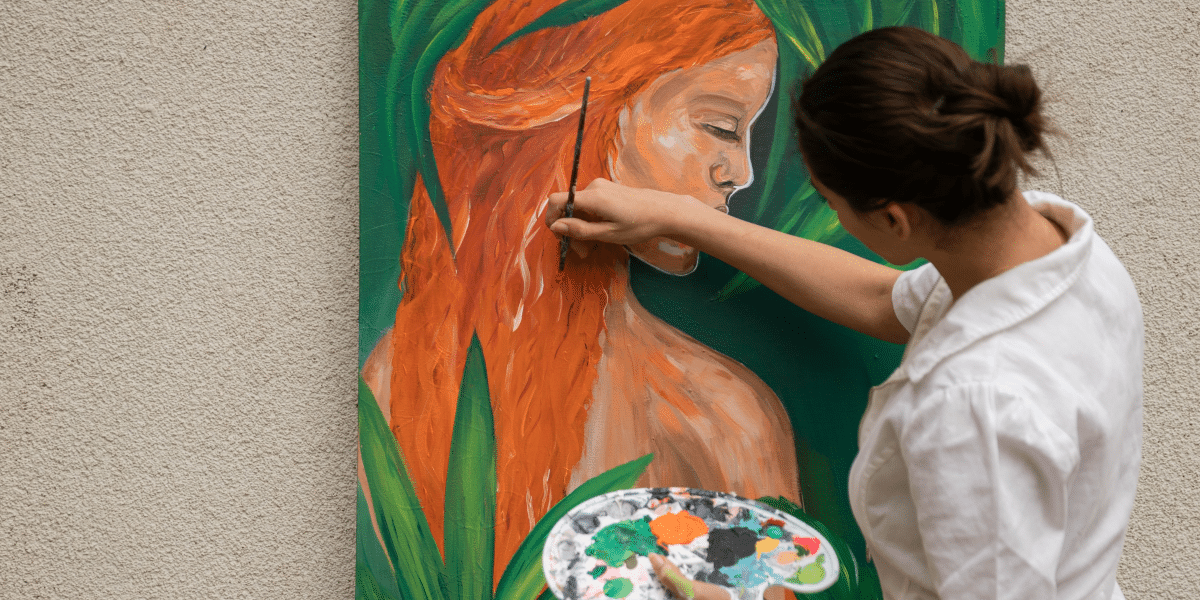Building custom effects chains for your guitar opens up a world of sonic possibilities, allowing you to sculpt your tone to fit any musical style or preference. By strategically combining various effects pedals in a specific order, you can achieve a wide range of sounds and textures to enhance your playing experience. In this guide, we’ll delve into the process of crafting custom effects chains and offer tips for maximizing your tonal potential.
Understanding Effect Pedals
Before diving into building your effects chain, it’s crucial to grasp the different types of effects pedals available and how they impact your guitar’s signal. Here are some common types:
- Overdrive/Distortion: Adds grit and distortion to your tone.
- Delay: Creates echoes and repeats of your guitar signal.
- Reverb: Adds ambiance and depth to your sound.
- Modulation: Includes chorus, flanger, and phaser effects that alter pitch and timbre.
- Wah-Wah: Creates a vocal-like “wah” sound by sweeping the frequency spectrum.
Planning Your Chain
When planning your effects chain, consider the tonal characteristics of each pedal and their sonic impact. Typically, place time-based effects like delay and reverb at the end of your chain, while modulation effects can go before or after overdrive/distortion pedals based on your preference. Experiment with different pedal orders to find what best suits your desired sound.
The order of your pedals significantly influences your tone. Start with your guitar plugged into the first pedal and try various signal flow configurations. Placing modulation effects before distortion can yield a smoother tone, while placing them after can create more pronounced effects.
Considering Buffers and True Bypass
Buffers help maintain your guitar’s signal integrity and prevent tone loss over long cable runs or when using multiple pedals. However, some prefer true bypass pedals to preserve the guitar’s original tone. Incorporate a mix of buffered and true bypass pedals into your chain for optimal results.
Avoid overcrowding your pedalboard with unnecessary effects. Focus on building a streamlined chain that enhances your core tone without overwhelming it. A well-thought-out effects chain with fewer pedals often yields more musical results than a cluttered setup.
Experiment and Trust Your Ears
Building a custom effects chain is a creative process. Experiment with pedal settings, pedal order, and different combinations to discover unique tones. Pay attention to how each pedal interacts with others and adjust as needed to achieve a balanced and harmonious blend of effects.
Crafting Your Signature Sound
Crafting a custom effects chain allows you to create a unique sonic signature that complements your playing style and musical vision. By understanding pedal characteristics, experimenting with signal flow, and trusting your ears, you can build a versatile and inspiring effects chain that enhances your playing and unlocks new sonic possibilities. So, grab your pedals, plug in your guitar, and start crafting your perfect effects chain today!







